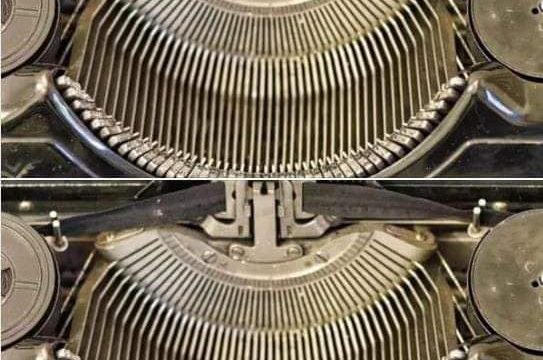
Exclusively for the Sharpest Minds: Can You Solve This?
Ready to put your brainpower to the test? Today, we’ve got a problem that’s been buzzing around the internet, stumping even the sharpest minds. It’s deceptively simple, yet it’s causing debates all over. Let’s see if you can solve it without any hesitation.
Here’s the equation: 4 – 2 / 2 = ?
At first glance, this looks like a piece of cake. You might think, “How hard can it be?” But this simple equation is actually a clever way to test your understanding of one of the core rules of arithmetic: the order of operations.
So, what’s the answer? Some people quickly say “1,” while others argue for “3.” Who’s correct?
Let’s break it down.
The Order of Operations: PEMDAS
To solve this equation correctly, you need to remember the order of operations, which is often summarized with the acronym PEMDAS:
- Parentheses
- Exponents
- Multiplication
- Division
- Addition
- Subtraction
According to PEMDAS, operations must be carried out in a specific order. Division and multiplication are on the same level, meaning they should be performed from left to right, depending on which comes first in the equation. The same rule applies for addition and subtraction.
Solving the Equation
Now, let’s apply this rule to our equation:
4 – 2 / 2
Following the order of operations, division should be done before subtraction. Therefore:
- 2 / 2 equals 1.
- Now we have 4 – 1.
- 4 – 1 equals 3.
So, the correct answer is 3.
Common Mistake
The reason many people get this wrong is that they instinctively solve the equation from left to right without considering the order of operations. This leads them to do 4 – 2 first, which equals 2, and then divide by 2, ending up with 1. However, that approach ignores the PEMDAS rule, leading to an incorrect answer.
Why Does This Matter?
Understanding the order of operations is crucial in math because it ensures that everyone solves problems the same way, yielding consistent results. Whether you’re doing simple calculations or more complex equations, PEMDAS is your guide.
Think of it as the grammar of mathematics—without proper grammar, sentences would be confusing. Similarly, without the correct order of operations, math problems could have multiple, conflicting answers.
Final Thoughts
If you got it right, congratulations! You’re among the sharpest minds who can navigate the tricky waters of math fundamentals. If not, don’t worry—this is a great reminder of why the order of operations is so important.
Next time you see an equation like this, just remember PEMDAS, and you’ll be good to go!





